Climate Action – Discover & Explore Locally Lesson Plan 2
Possible Subjects: Geography, Science
Years: 7-12
Lesson: 2 of 3
Learning Outcome
Learning to independently present evidence that shows an understanding
of the impact of climate change in Australia.
Lesson Overview
The average annual temperature in Australia has increased by up to 1 degree across most of Australia for the past 20 years. The upward trend is also occurring in southern regions to a lesser degree, with an increase of up to 0,5 degrees.
Even though the consequences of the temperature rise in Australia are already dramatic (bushfire crisis), there is still a part of the population as well as people in power who deny the correlation between human action and climate change.
This lesson focuses on understanding the consequences of climate change in Australia through scientific evidence.
Tuning In – ‘What do students know about climate action?’
DISCUSS: Summary of previous lesson
Introduction (5 mins)
- Ask the students the following questions:
- What do you remember of the previous lesson?
- How much do you think climate change is affecting Australia?
- Can you think of any recent examples of climate change related issues in Australia? (eg. bushfire crisis)
Finding out – ‘Students investigate, research & plan’
EXPLORE & DISCUSS: Temperature rise in Australia
Teach/Model (15 mins)
- Show the students the following animation to visualise the temperature rise in Australia from 2000 to 2020:
- Ask the students to read the following article about consequences of climate change in Asia-Pacific:
- Ask the students the following questions:
- Are you surprised about what you just read?
- Did you notice any temperature rise / climate related issues in the past years?
- Do you think it is important to take local actions to try and reduce the climate change consequences?
- What type of actions do you think we could take in Australia?
- What do you think will happen if we don’t?
Extra activity:
- Show the class the rest of the animation to visualise the temperature rise in the rest of the world.
- Instead of asking all the students to read about Asia-Pacific, split the class into groups and ask each group to read about the consequences of climate change in a different region of the world.
Climate change consequences in Africa
Climate change consequences in Europe
Climate change consequences in North America
Climate change consequences in South America
Climate change consequences in Polar Regions
- Ask the students to summarise their understanding of what they read to the rest of the class.
WATCH & DISCUSS: David Attenborough: it’s ‘extraordinary’ climate deniers remain in Australian politics
Guided Practice (5 mins)
- Show the class the following video:
- Ask the students the following questions:
- Have you heard of climate change denial before?
- What do you think some of the main climate change denial arguments are?
Independent (20 mins)
DO: Convince the critics
- Ask the students to independently do a facts check research and reply to some of the most common climate change deniers arguments using the following template:
- If time allows it, you can choose to add more climate denial arguments for the students to reply to (resources here).
Plenary reflection (15 mins)
- Depending on the allocated time/number of students:
- Ask the students to individually present their findings to the rest of the class
- Split the class into groups and ask the students to individually present to the rest of their group
Extra Activities
DISCUSS: Wrap up questions
- Ask the students the following questions to discuss as class/in small groups/in pairs:
- What surprised you today, and why?
- What’s the most important thing you learned today?
- What do you want to learn more about, and why?
- When were you the most creative, and why do you think that is?
- What made you curious today?
WATCH & DISCUSS: The World’s Largest Lesson (part 2)
- Show the class the following video:
- Ask the students the following questions:
- Do you think your individual actions can have an impact on issues such as climate change or gender inequalities?
- What are the 3 ways you can personally help in your own community? (invent, innovate and campaign)
- Which of the individual stories you just watched is the most inspiring to you?
- Have you heard/read about other inspiring stories from young people around the world?
- What simple actions do you think you could personally take to have a positive impact on your community?
Additional Homework Activity
READ & REFLECT: The number of climate deniers in Australia is more than double the global average, new survey finds
- Ask the students to read the following article and write a summary of their main takeaways:

